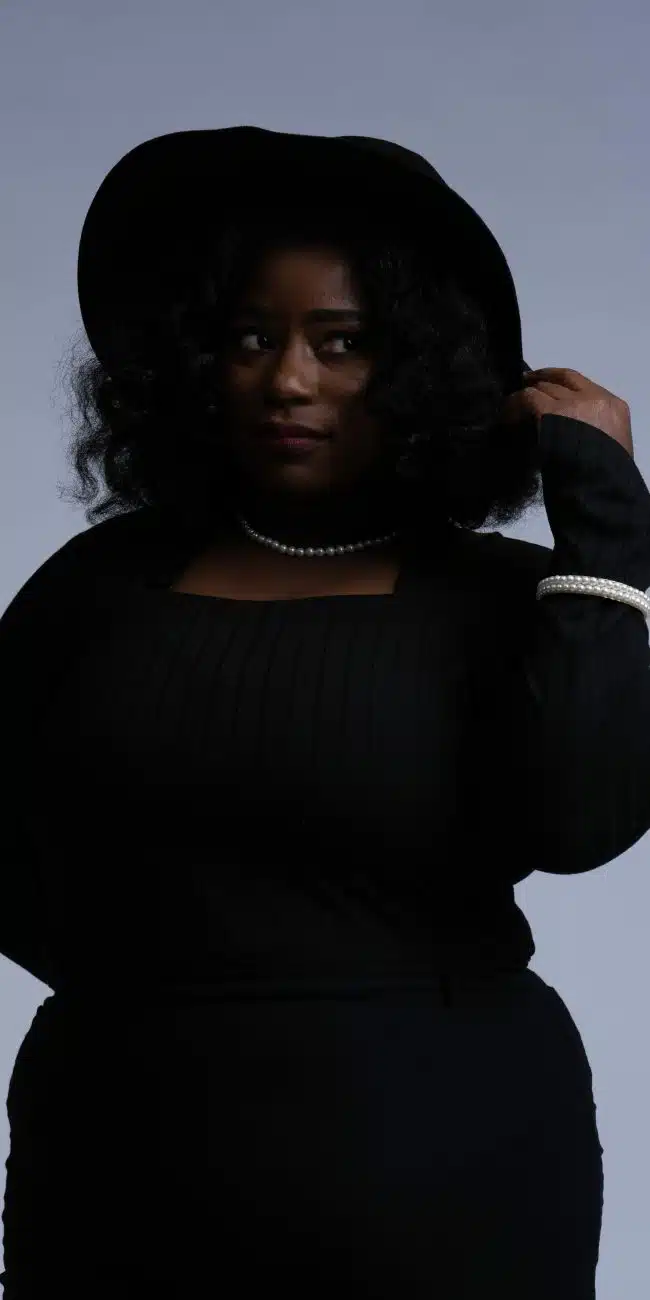Clients will always ask us if they can have their proof images and raw, unedited images. There are a few reasons that many professional photographers usually do not allow their clients to have proofs or raw, unedited images. Below, you can see a finished image next to a shot that is SOOC “straight out of the camera.” The image on the left is the raw, unedited image, a work in progress. Some people may say to themselves, “The straight out of camera image looks amazing. No need to edit the image”. But from looking through the photographer’s eye, so many other aspects of the image could change.
It is common practice for professional artists to refuse their clients' access to "work in progress" materials. If you commissioned a painting of yourself, you would not ask for all of the sketches that lead up to the painting. If you were at an upscale restaurant, you would not ask the chef to serve your meal before the dish is plated.
You may ask, “What’s the harm in giving me the unused photos?” For the photographer, there can be a lot of harm. If a client were to show these unedited or unretouched images to family and friends, it could severely harm the photographer’s reputation. Professional artist only displays their best work. Having raw, unfinished photos represented to others as their work could make a photographer look unprofessional and incompetent.


Just because you have the raw image doesn't mean you can edit it
Our sessions are organized by packages, and a certain number of edited photos (not unedited images) are included with the session fee. The proposal clients sign before the session explains what is included in the purchased package. My prices have considered the final number of photos to be delivered, both from a usage/licensing and an editing standpoint.
Sometimes, our clients are impressed with the session results and request photos. Or, more images may be needed later for another purpose. The proof galleries will remain up for at least three months, and more photos may be purchased from a session. There are additional charges for extra retouched images, just as there would be an additional fee for an extra dish at a restaurant.

We hope this sheds some light on the process for our potential clients who may never have thought about photography in this way. These are also good tips for photographers who can use some of these ideas for their businesses. This topic is challenging because we all want to please our clients, but we also have to maintain the integrity of our work and our process.
No. You cannot read all of the rough drafts that lead up to this blog post. 🙂




